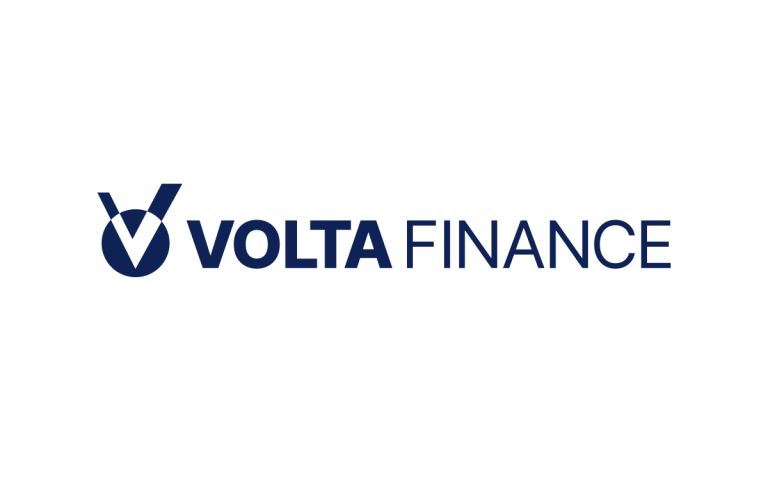Amid shifting credit cycles a seasoned instrument is reshaping risk allocation and income generation for long-term investors.
Collated from pools of senior secured corporate loans and sliced into layers of varying risk profiles collateralised loan obligations have quietly evolved into a cornerstone of professional fixed income strategies offering both structural resilience and attractive cash flows. By harnessing the floating rate nature of leveraged loans and embedding robust credit enhancement mechanisms these vehicles inject a nuanced balance of yield and protection into diversified portfolios.
At the heart of their appeal lies the capacity to blend broad loan diversification with a dynamic management approach. Rather than entrust capital to a single borrower or sector investors gain exposure to dozens if not hundreds of issuers operating across industries from healthcare to technology. This dispersion alone tempers idiosyncratic loan defaults yet remains far from passive. Collateral managers continually prune underperforming credits and reinvest in higher quality or more opportunistic paper in line with market conditions. As covenants and over-collateralisation buffers serve to absorb initial losses the structure inherently aligns interests between equity tranche sponsors and debt investors fostering disciplined underwriting on every loan remains integral.
Floating rate coupons serve as an effective guardrail in a rising interest rate environment. Unlike fixed income instruments where duration can erode returns amid monetary tightening the underlying loans reset periodically above benchmark rates typically tied to SOFR or LIBOR. This feature may dampen mark-to-market swings and sustain income momentum while cash yields on many traditional corporate bonds compress under rate volatility. Investors seeking to navigate the next central bank tightening cycle will find that a well-positioned tranche in a robust collateralised loan obligation can deliver higher running yields without proportional duration risk.
Structural credit enhancement is the next layer of appeal. The waterfall mechanism allocates principal and interest first to senior slices with the most conservative risk appetite before cascading cash flows down to mezzanine and equity tranches where enhanced returns await. This hierarchy shields capital in upper-rated tranches from initial losses triggered by defaults and restructurings in the loan pool. For investors intent on balancing potential downside with incremental yield these senior notes, often rated BBB or higher, can offer spreads over benchmark government rates that exceed similarly rated corporate debt. Meanwhile mezzanine bonds capture an additional premium in exchange for more exposure to loan performance and still benefit from subordination that cushions against the full impact of credit events.
Professional management proves decisive in reconciling risk and reward. Collateral managers are tasked not only with selecting the initial loan portfolio but with steering it through credit cycles by leveraging research teams, proprietary analytics and negotiating workout strategies when loans falter. This active oversight can help harvest upside in stressed credits or redeploy capital into fresh opportunities before spread compression. In contrast to static loan funds, the reinvestment period in collateralised loan obligations typically spans several years imbuing a level of duration certainty in the manager’s mandate while also preserving agility to respond to market dislocations.
Moreover the market for these securities has matured, with trading liquidity deepening in both primary and secondary channels. Institutional investors ranging from pensions to insurance companies gravitate toward senior tranches for capital efficiency under risk-based regulatory frameworks while hedge funds and private wealth managers eye mezzanine and equity slices for return enhancement. This broadening investor base underpins tighter bid-ask spreads and supports ongoing issuance across vintages further expanding choice in risk-adjusted return profiles.
Taken together these features position collateralised loan obligations as a multifaceted instrument for investors seeking to diversify fixed income allocations enhance yield and insert a layer of structural defence against credit volatility. Rather than deploy cash exclusively in traditional bonds or loan funds investors can sculpt exposures across the capital stack, calibrating between defensive senior notes and higher-octane mezzanine bonds to suit their risk tolerance and income targets.
Volta Finance Ltd (LON:VTA) is a closed-ended limited liability company registered in Guernsey. Volta’s investment objectives are to seek to preserve capital across the credit cycle and to provide a stable stream of income to its Shareholders through dividends that it expects to distribute on a quarterly basis.











































